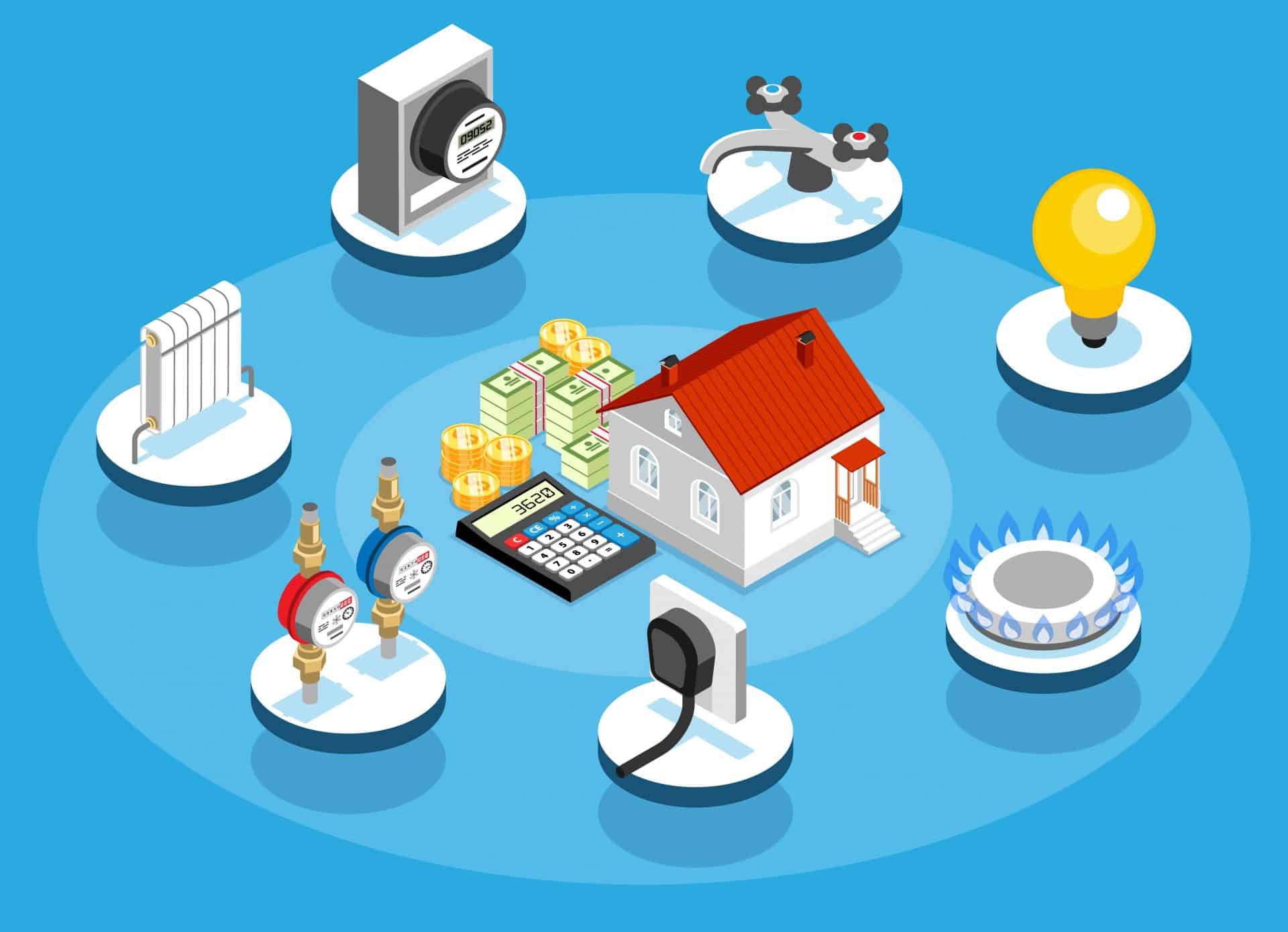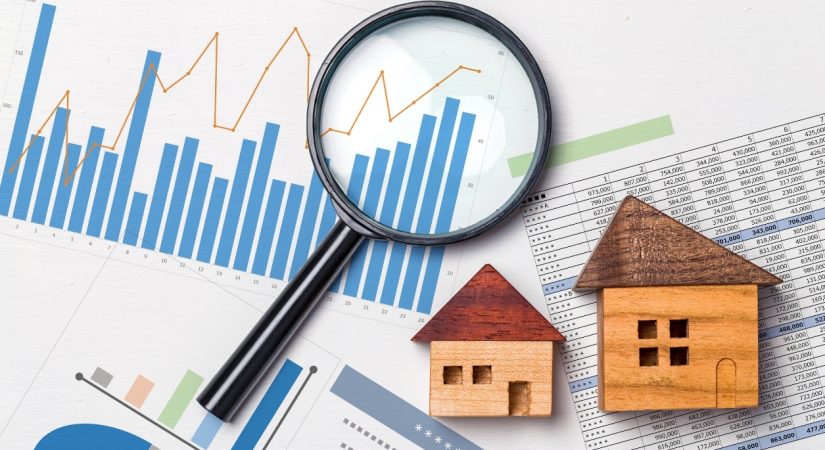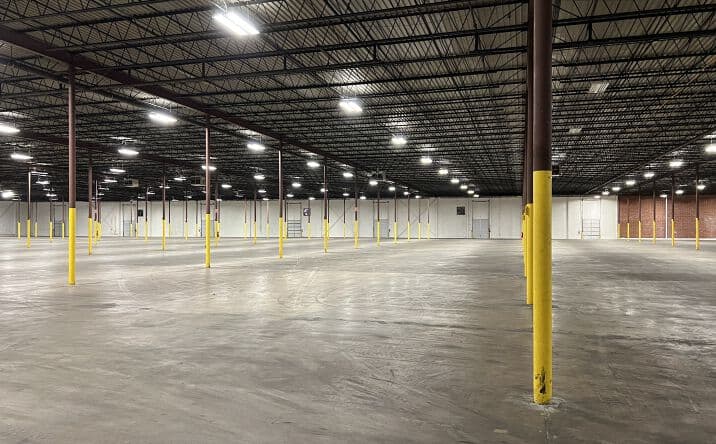In today’s real estate market, buyers and renters are increasingly looking for as much information as possible to make informed decisions. While most Multiple Listing Service (MLS) platforms provide detailed property information such as square footage, amenities, and location, a growing trend is the integration of local utility costs into listings. This feature not only adds an extra layer of transparency but also empowers buyers and renters to better understand the total cost of living in a particular property.
In this article, we’ll explore the benefits, challenges, and best practices for displaying local utility costs within MLS listings. By providing utility data alongside other key property details, MLS platforms can foster a more informed and confident market, benefitting both buyers and sellers.
What Are Local Utility Costs?

Local utility costs refer to the monthly or annual expenses associated with the essential services required to run a household. These services typically include:
- Electricity: The cost of electricity used for lighting, heating, cooling, and powering appliances.
- Water: The cost of water for household consumption, including drinking, bathing, and gardening.
- Gas: The cost of natural gas used for heating, cooking, and hot water.
- Sewer and Waste Management: Fees for waste disposal and sewage treatment.
- Internet and Cable: While not always essential, internet and cable TV can be considered utilities for many households.
Displaying these costs in MLS listings would give potential buyers or renters a more complete understanding of the financial implications of living in a specific home. Instead of just focusing on the price of the property, buyers can also factor in ongoing expenses related to utilities, which can significantly impact their decision-making process.
The Benefits of Displaying Local Utility Costs in MLS Listings
Incorporating local utility costs into MLS listings brings several advantages to both buyers and sellers. Below are the key benefits:
1. Enhanced Transparency and Trust
One of the primary advantages of including local utility costs in MLS listings is the transparency it offers to prospective buyers or renters. Hidden costs can often surprise new homeowners, leading to frustration and mistrust toward the real estate process. By making utility costs visible from the start, agents and MLS platforms can foster trust with their clients. When buyers or renters are presented with a clear picture of all the costs associated with a property, it increases confidence and satisfaction in the decision-making process.
2. Improved Decision-Making for Buyers
Utility costs can vary widely depending on the property’s size, energy efficiency, and location. For example, a large home in a cold climate may have higher heating costs, whereas a smaller home in a temperate region may have significantly lower bills. By displaying local utility costs, buyers can better assess the total cost of living in a home and compare it with other properties on the market.
Knowing these costs upfront helps potential buyers make more informed decisions, as they can balance utility expenses against the purchase price, potential renovation costs, and overall affordability. In the long run, this information may lead to more satisfied buyers who feel they’ve made a decision based on comprehensive, well-rounded financial factors.
3. Increased Market Competitiveness for Sellers
For sellers, including utility cost data in MLS listings could be a unique selling point (USP). Providing transparency about utility costs can make a listing stand out, especially in competitive real estate markets. Sellers who are proactive in providing this information may be seen as more trustworthy and willing to work with buyers, potentially reducing the negotiation process and increasing the likelihood of a quicker sale.
Moreover, showcasing a property’s energy efficiency or low utility costs can be a major selling point. A well-insulated home with low heating and cooling costs could be a strong draw for eco-conscious buyers or those seeking long-term savings. Providing this data can differentiate a listing and attract buyers who value these factors.
4. Facilitating Better Financial Planning for Renters
Renters often face challenges with budgeting for housing costs, as utility expenses are often a separate cost from rent. By displaying utility costs in MLS listings, landlords can help renters plan their budgets more effectively. Renters will have a clearer understanding of the total cost of living in a particular rental property and can make more realistic comparisons between different listings.
This transparency is especially important for first-time renters or individuals who are unfamiliar with local utility pricing. It can also benefit property management companies and landlords by reducing misunderstandings or disputes over utility payments in the future.
5. Encouraging Energy-Efficient Practices
For agents, sellers, and landlords who prioritize sustainability, showcasing energy efficiency within utility cost data can be an excellent marketing tool. For example, highlighting low water or electricity usage in a listing, along with the potential savings, may encourage buyers or renters to adopt greener habits. It also encourages homebuilders and developers to consider the importance of energy-efficient designs in their projects, ultimately contributing to more sustainable real estate practices.
Challenges and Considerations for Displaying Utility Costs
While there are many benefits to displaying local utility costs, there are also some challenges and considerations to keep in mind:
1. Variability in Utility Costs
Utility costs can vary significantly based on the time of year, the number of occupants in a property, the efficiency of appliances, and other factors. For example, a family of four will likely pay higher utility costs than a single person. Additionally, properties with varying insulation or heating methods might see different energy bills.
This variability makes it difficult to provide a standardized utility cost across different listings. Ideally, utility costs would be calculated based on averages or estimates based on previous usage history, but even then, the data may not always be accurate for every potential buyer. This could lead to discrepancies between expected and actual costs, creating frustration or confusion.
2. Regional Differences in Utility Costs
Utility rates can differ widely by region, with some areas having higher energy costs due to local infrastructure, environmental factors, or government regulations. In some regions, certain utilities like water or gas may be subsidized, while in others, they may be more expensive. For MLS platforms serving diverse geographic areas, it’s important to ensure that utility cost information is specific to the local market and accurately reflects the unique pricing conditions in that area.
3. Privacy Concerns
In some cases, utility providers may not disclose specific data related to an individual property’s usage due to privacy regulations. This may make it difficult for MLS platforms to access accurate data for certain properties. Even if utility costs are publicly available, some sellers or landlords may be hesitant to share such detailed information, fearing it could negatively impact the sale or rent price.
4. Implementation Complexity
Integrating utility cost data into MLS listings may require additional infrastructure and resources. MLS platforms will need to develop partnerships with local utility providers to gather accurate, real-time cost data. In some cases, MLS systems may also need to update their existing software to accommodate these new data points. This could involve significant upfront costs for MLS providers and real estate agencies.
Best Practices for Displaying Utility Costs in MLS Listings
To ensure that utility costs are presented in a way that benefits both buyers and sellers, consider these best practices:
1. Provide Average Utility Costs
Instead of listing exact utility amounts, provide average utility costs based on historical usage or standard local pricing. This helps manage expectations and provides more realistic figures, especially for properties with varying occupant numbers.
2. Include Energy Efficiency Information
Where possible, include energy efficiency details about the property, such as Energy Star ratings or LEED certifications. Highlighting these features alongside utility cost data can help buyers and renters understand the potential for savings on their monthly bills and emphasize the property’s sustainability.
3. Segment Costs by Utility Type
Break down utility costs by type (e.g., electricity, water, gas) so that buyers or renters can see where their money will be going each month. This makes the information more digestible and enables users to prioritize energy conservation efforts in specific areas of their homes.
4. Offer Local Utility Rate Comparisons
For MLS platforms operating in multiple regions, consider offering comparative charts showing local utility rates. This can help users better understand how utility costs in a particular area compare to other regions.
5. Be Transparent About Variability
Include disclaimers or notes indicating that utility costs may vary depending on the number of residents or usage habits. Offering guidance on how buyers or renters can estimate their costs based on their specific circumstances is valuable.
Conclusion: A Step Toward Greater Transparency and Buyer Empowerment
Displaying local utility costs within MLS listings is a powerful tool that enhances transparency, provides buyers and renters with more complete information, and fosters a more efficient, informed marketplace. By offering this additional data, MLS platforms not only help individuals make better financial decisions but also contribute to the broader goal of improving sustainability and energy efficiency in the real estate industry.
While there are challenges associated with gathering and displaying accurate utility cost information, the benefits far outweigh the difficulties. As more MLS providers adopt this feature, the industry will likely see greater satisfaction among buyers, sellers, and renters, as well as a growing emphasis on responsible, well-rounded decision-making in real estate transactions.













